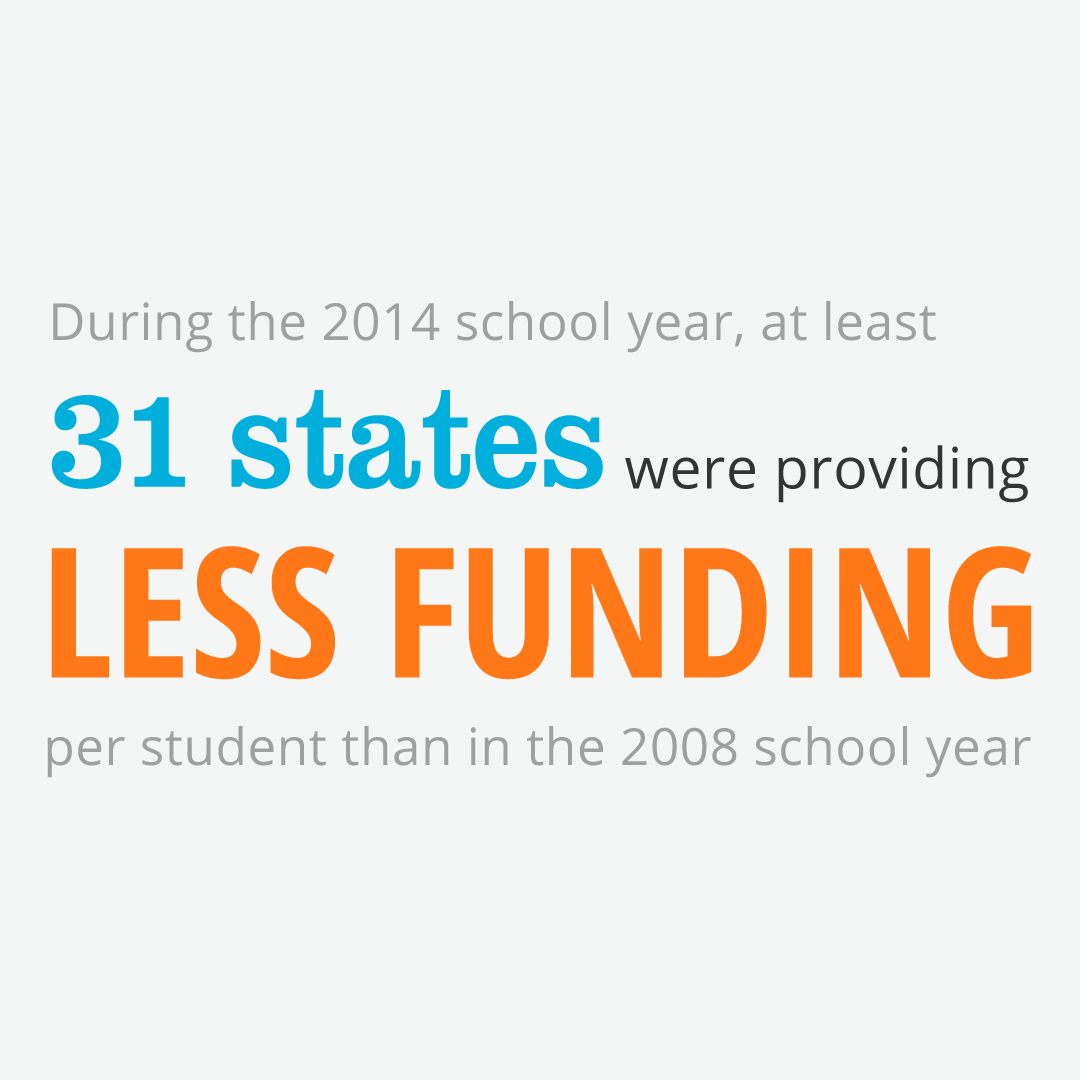ASCE celebrates the two-year anniversary of the Infrastructure Investment and Jobs Act (IIJA), or Bipartisan Infrastructure Law (BIL). The BIL is the largest-ever investment in our nation’s built environment, providing $1.2 trillion towards all 17 categories of infrastructure outlined in ASCE’s 2021 Report Card for America’s Infrastructure. The IIJA represents a significant down payment on the $2.6 trillion infrastructure investment gap over a 10-year period identified in ASCE’s Failure to Act economic study.
Ongoing U.S. Infrastructure Investments
Since its passage, the IIJA has announced $400 billion in funding for more than 40,000 projects across the country, including nearly 8,000 bridge projects, 25 passenger rail projects, 190 airport terminal projects, 445 port and waterway projects, 1,200 drinking and wastewater projects, and over 60 projects dedicated to improving the resilience and reliability of the energy grid. Major projects like the Brent Spence Bridge connecting Ohio and Kentucky and the Hudson River Tunnel in New York have received funding to begin construction after years of being put on the back burner.
Raising IIJA Awareness and Its Impact on Infrastructure Investing
Despite these significant advancements in improving our nation’s infrastructure, public polling indicates that a large percentage of Americans are not aware of the scope of investments made under the IIJA. To raise awareness and share successes, ASCE has partnered with the American Council of Engineering Companies (ACEC) and the American Public Works Association (APWA) to create the Engineering & Public Works Roadshow. The Roadshow is an opportunity to highlight projects across the country that demonstrate what smart infrastructure investments look like and how they benefit local communities, the economy, and the environment.
Since the launch of the Roadshow, we have hosted events at projects in Richmond, VA; the Port of Long Beach, CA; and Dallas, TX. These are forward-looking projects that exemplify how engineers are working with policymakers to advance our shared goals: prioritize equity and increase resilience in the face of climate change.
Challenges U.S. Infrastructure Investing Must Address
Increasingly severe storms shine a light on the challenges facing our built environment. Many infrastructure systems were built a generation or more ago. Stormwater systems must regularly accommodate record rainfalls they weren’t built to withstand. Dams built a century ago are protecting growing downstream communities where once none lived. Our transit and aviation infrastructure – and the people who operate these systems – are operating under extreme temperatures.
As a historic amount of IIJA dollars are spent on resilience, ASCE stresses that the most reliable way to build more resiliently is the widespread adoption and enforcement of up-to-date, modern building codes.
How ASCE Is Supporting Resilient Infrastructure Investments
In May, ASCE made the most significant update to the flood load chapter in the Society’s most widely-used standard, ASCE/SEI 7-22 Minimum Design Loads and Associated Criteria for Buildings and Other Structures. The ASCE 7 national loading standard is an integral part of building codes in the United States and around the globe. Updates to the flood load chapter, when enforced, will protect homes and buildings against 500-year flood events, a substantial step forward from the 100-year flood hazard protections referenced in the previous version.
ASCE developed an easy-to-understand toolkit on the standards and technical content readily available to build infrastructure systems that can withstand natural hazards, including earthquakes, floods, hurricanes, and tornados.
ASCE applauds Congress for passing both the PRECIP Act and the FLOODS Act last year, which are critical to updating the nation’s decades-old precipitation data. Those programs need to not only be funded, but the research at NOAA needs to be accelerated so that data can begin to drive how we are designing for these larger rain events.
Focusing on the Needs in the Infrastructure Workforce
The passage of the IIJA highlights the gaps in America’s engineering and construction workforce, without whom new investments can’t be maximized. It is estimated that the IIJA has created an additional 82,000 engineering and design jobs, however, the current pipeline of engineers is insufficient for this influx of design and construction work.
Recently, ASCE partnered with the National Governors Association to develop best practices for the public and private sectors to address the engineering shortfall. In February 2024, ASCE will release a new IMAX film nationwide, Cities of the Future, to excite the next generation of civil engineers and build out the pipeline of STEM professionals. To capitalize on new workforce momentum, infrastructure leaders need federal partners.
The IIJA is starting to address this gap with new worker programs and flexibility within existing programs. Developing additive workforce programs is important because increased flexibility for workforce programs within existing infrastructure program dollars has not demonstrated impact. When workforce programs compete with dollars that can be directed into design and construction, workforce programs lose out.
The Future of U.S. Infrastructure Investing
As we look to the year ahead, ASCE will update its Failure to Act economic study. The new report will update the gap in infrastructure investment now that IIJA dollars are arriving. The study helps the public understand the underlying impacts on their wallets if we don’t invest in infrastructure.
Following that study, in early 2025 ASCE will release the latest Report Card for America’s Infrastructure, where we can begin to see what the impacts of the IIJA have been on current conditions.
As we celebrate these infrastructure investments, ASCE stands ready to continue to work with policymakers to ensure we deploy IIJA effectively and efficiently over the upcoming years.























































